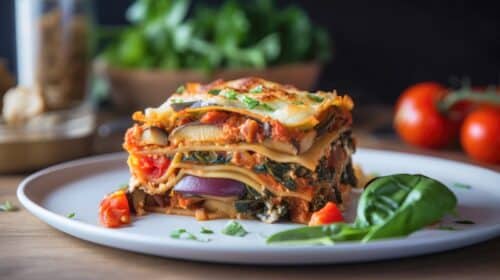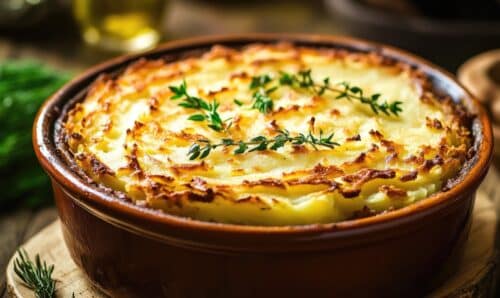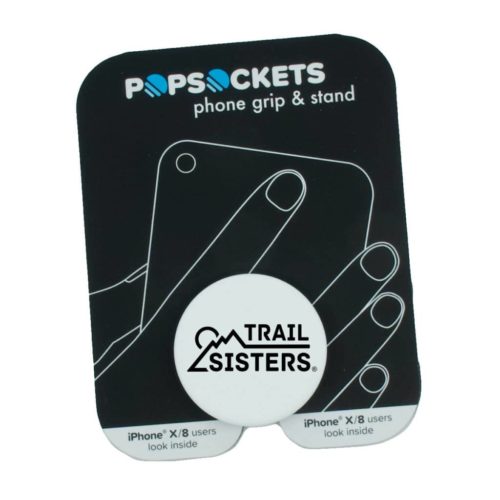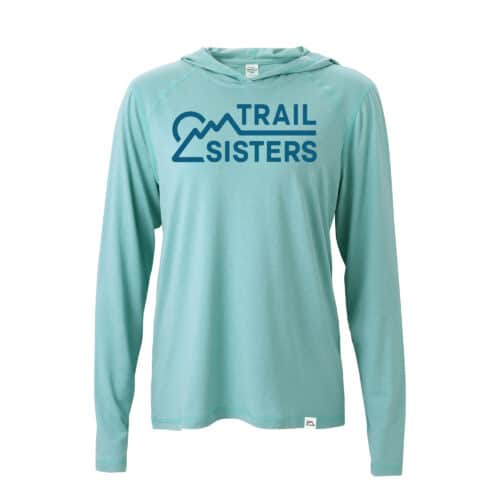Main Menu
Comfort Foods

Kelly Newlon: founder/chef of Real Athlete Diets (RAD Boulder) Lifelong runner, lover of giant dogs and the mountains.
Stephanie Howe: PhD in Nutrition & Exercise Physiology from Oregon State University. Stephanie owns her own Nutrition & Coaching business where she works with individuals of varied background on how to best eat for their specific goals. Stephanie’s doctoral research focused on the role of appetite hormones in elite female runners before and after different exercise intensities. Stephanie has been sponsored by The North Face since 2010 and by Clif Bar since 2012.
Share This Article!
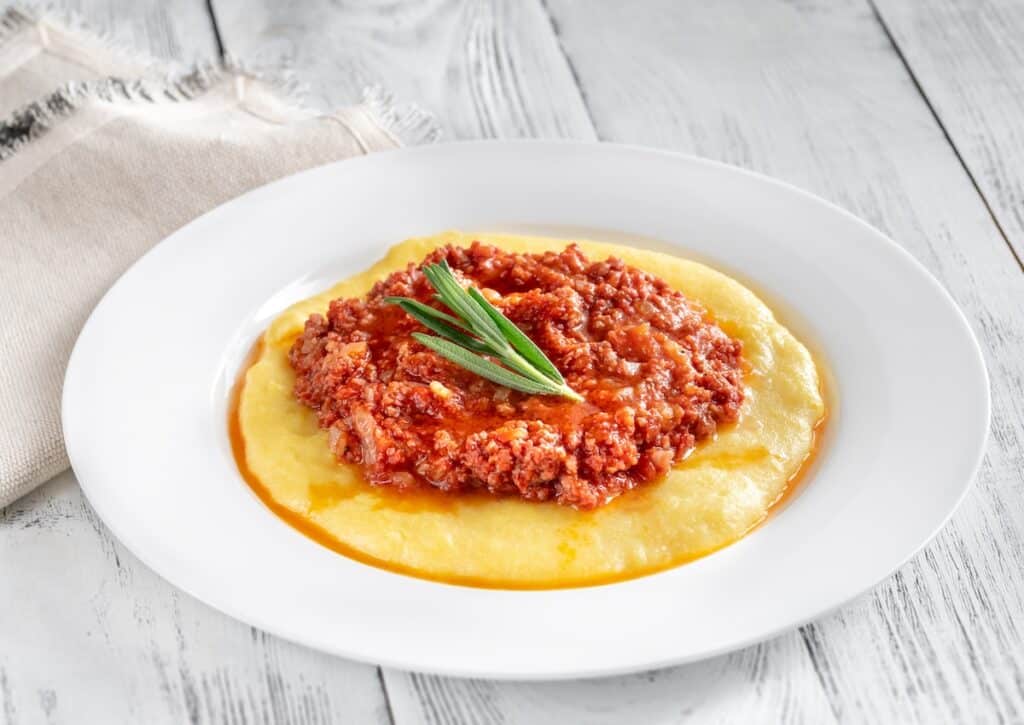
Stephanie and I both love the winter. We love the snow, snow sports and activities that come along with it. We love the cozy clothes, the sexy outdoor gear and cheering snow sport athletes on. We are each fortunate to live in beautiful mountain towns, albeit on opposite sides of the world.
That said, some days are just downright cold and uncomfortable. Sometimes, January just catches up to us. On such days, we seek out comfort foods that feel like an internal hug.
We each have our own version of what comfort food is. A lifetime of memories attached to each scenario wraps that core memory up like a bow.
Last week presented me with a couple of less than stellar days. On one occasion, I walked in the house clearly showing signs of emotional wear. My husband asked if he could help, and my response was “I just want some soft polenta and tomato sauce.”
And although I would have been thrilled for him to present me with a steaming bowl of comfort, I also know the benefits of making it myself. I recognized that I needed to take a beat, and step away from what was getting under my skin. Cooking does that for me. It is therapeutic for me, and snaps me out of my own head.
So what makes comfort food for me personally? Something soft and warm. Honestly, the same way a cozy blanket presents itself to me, I want that in food. Polenta, mashed potatoes, pureed soup…these things, but with more. I want soft polenta with the acidity of savory olive oil drizzled tomato sauce. Mashed potatoes with the umami of hot chili crunch. Sticky rice with black vinegar, aged soy sauce and miso stock, or a bowl of ratatouille with fresh basil and thinly shaved parm. For me, it needs to warm me from head to toe in a reassuring way. I love the romantic idea of building and sharing the life long memories of what we each consider to be our personal favorite comfort food. And then best of all, sharing that with a friend who needs it on any given day.
Let’s hear what Stephanie has to say.
Kelly sums it up so well. Being a mom to a toddler means many germs and opportunities that challenge my immune system. The past few weeks we’ve been through a few bugs over here, and I’ve really honed in on my go-to comfort food meals. Similar to Kelly, I really like something warm, soft, and savory. This past week I’ve made jook (Chinese rice dish, similar to porridge), pastina (check a previous Nourish post), and dal bhat (nepalese lentils and rice cooked with spices, ghee, carrots and potatoes). What all of these have in common is that they contain some simple vegetables, an easy to digest grain, protein, and savory/salty broth. They really warm you from within and are easy on your stomach, which is so important when you aren’t feeling your best physically or mentally.
Beside a big steaming bowl of savory-salty goodness, I also think about some of the nutritional benefits of my comfort dish. For example, I want to have some micronutrients (besides just Na) to keep up my regular intake. But I also want to keep my meals easy to digest to prevent any additional stress on my GI tract. When you are already feeling a little off, you don’t need to challenge your digestive system too. Some good choices to meet both goals are (cooked) carrots, onions/leek, sweet potato, parsnip, butternut squash, cucumber, and edamame. There are many more, but these are some of the ones I frequently use for comfort dish cooking. Remember, when you are run down or sick, eating more of XXX vitamins or minerals usually doesn’t actually help reduce the severity or duration of an illness. Rather, you want to have a strong immune system to start with, which means habitually eating well and enough.
A bit of basic polenta information. Polenta is cornmeal. Think of it like Italy’s version of grits. It is easy to find, inexpensive and extremely versatile. The ratio for cooking polenta is 1 part polenta, to 4 parts liquid. Honestly, you can use water or stock for the liquid. Or a combination of the two. I use water in a pinch, or if the finished product as a whole is really rich. Chicken stock, seafood stock, beef or vegetable stock are great options and are an easy way to add nutrients and overall flavor. Adding stock is a great way to boost the nutritional value without changing the composition of the dish. I always choose stock and/or spices instead of water. Because. It tastes better and is more nutrient dense. My personal favorites are mushroom stock or lobster stock, although more often than not, I use chicken stock. The recipe is below, but all you really need is the polenta itself, and some sort of liquid. The rest is up to you. I usually throw in a bit of salt and pepper to taste, drizzle some olive oil and a pinch of red pepper flakes. If I am lucky enough to have fresh basil in the fridge and parm, then I add those as well. I usually make a bit more than I need, and eat the leftovers with an egg and greens the next morning.
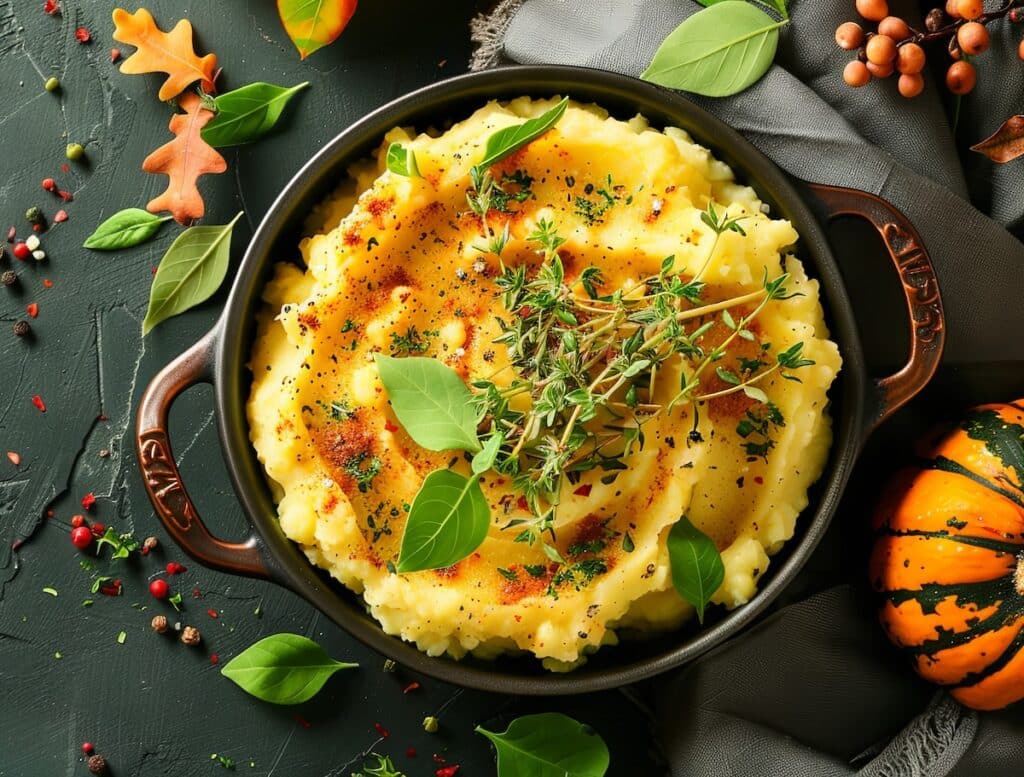
Creamy Polenta
1 cup of polenta
4 cups liquid (water or a stock of your choice)
½ tsp salt
2 tablespoons olive oil
Pinch of red pepper flakes (this will simply brighten things up, but not make the polenta spicy)
Pinch of cracked black pepper
*Fresh basil and freshly shaved parmesan to garnish
Bring 4 cups of liquid to a boil in a saucepan.
Add salt, pepper, red pepper flake and olive oil.
Add the polenta and incorporate quickly using a wire whisk. Turn the heat down to a low simmer and continue whisking to break up any lumps. Cook on low heat for 10 minutes stirring frequently to avoid lumps and anything sticking to the bottom of the pan.
If it becomes too thick, feel free to add an additional ½ cup of liquid.
Turn off the heat and let it stand, covered, for 5 minutes before you eat. Add basil and shaved parmesan, and snuggle up. I also love to add a handful of sauteed mushrooms to this, or an over-easy egg. This is great as a substitute for any dinner you may usually serve mashed potatoes with.
About the Author

Kelly Newlon: founder/chef of Real Athlete Diets (RAD Boulder) Lifelong runner, lover of giant dogs and the mountains.
Stephanie Howe: PhD in Nutrition & Exercise Physiology from Oregon State University. Stephanie owns her own Nutrition & Coaching business where she works with individuals of varied background on how to best eat for their specific goals. Stephanie’s doctoral research focused on the role of appetite hormones in elite female runners before and after different exercise intensities. Stephanie has been sponsored by The North Face since 2010 and by Clif Bar since 2012.
Share This Article!
Read More
Comments
April 12th & 13th 2024
Lake Sonoma, California
50 Mile | Marathon | Half-Marathon
Come join TS Founder Gina for Northern California's best trail party!


